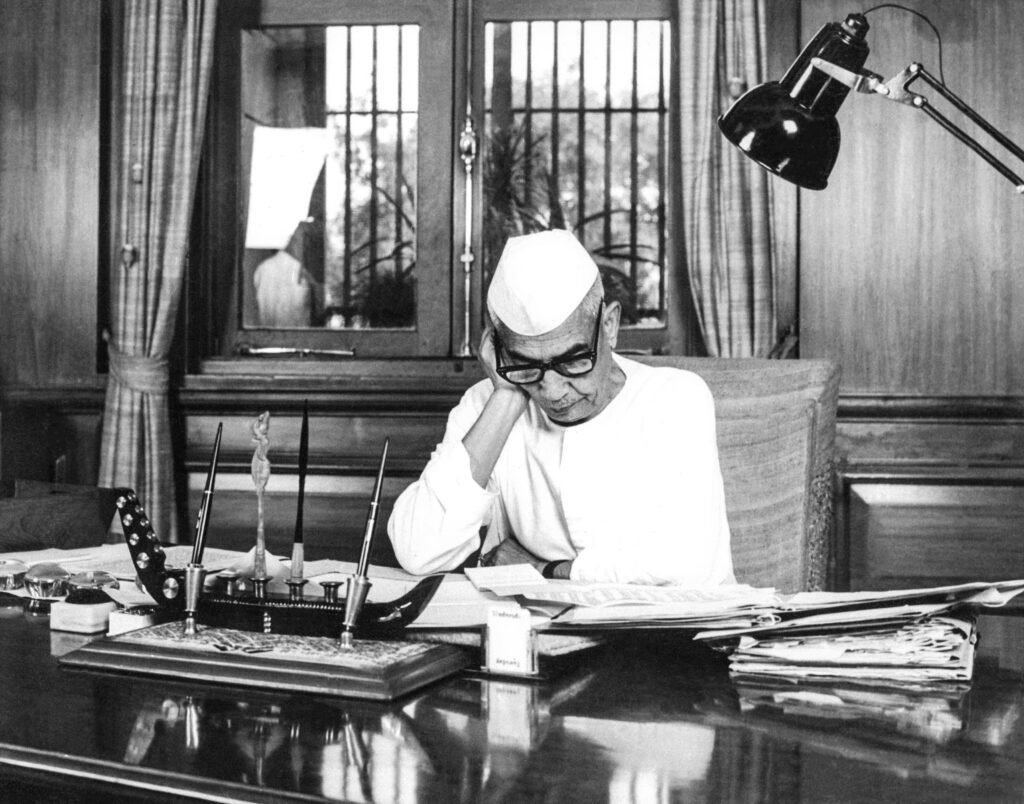Introduction
The Devadasi system, a multifaceted institution rooted in ancient Indian religious and cultural traditions, represents a complex interplay of devotion, art, and exploitation. The term “Devadasi,” derived from Sanskrit (deva meaning god and dasi meaning servant), refers to women dedicated to temples to serve deities through dance, music, and rituals. While initially a revered practice, the system devolved over centuries into a mechanism of sexual and social exploitation, particularly for women from marginalized castes. This article examines the origins of the Devadasi system, the process of dedicating girls, the role of kings in recruiting girls across regions, the sexual exploitation by kings and priests, specific historical figures implicated, and the system’s decline and persistence. Drawing on inscriptions, ancient texts, manuscripts, and scholarly works, this analysis provides a comprehensive understanding of the Devadasi system’s historical and social dimensions.
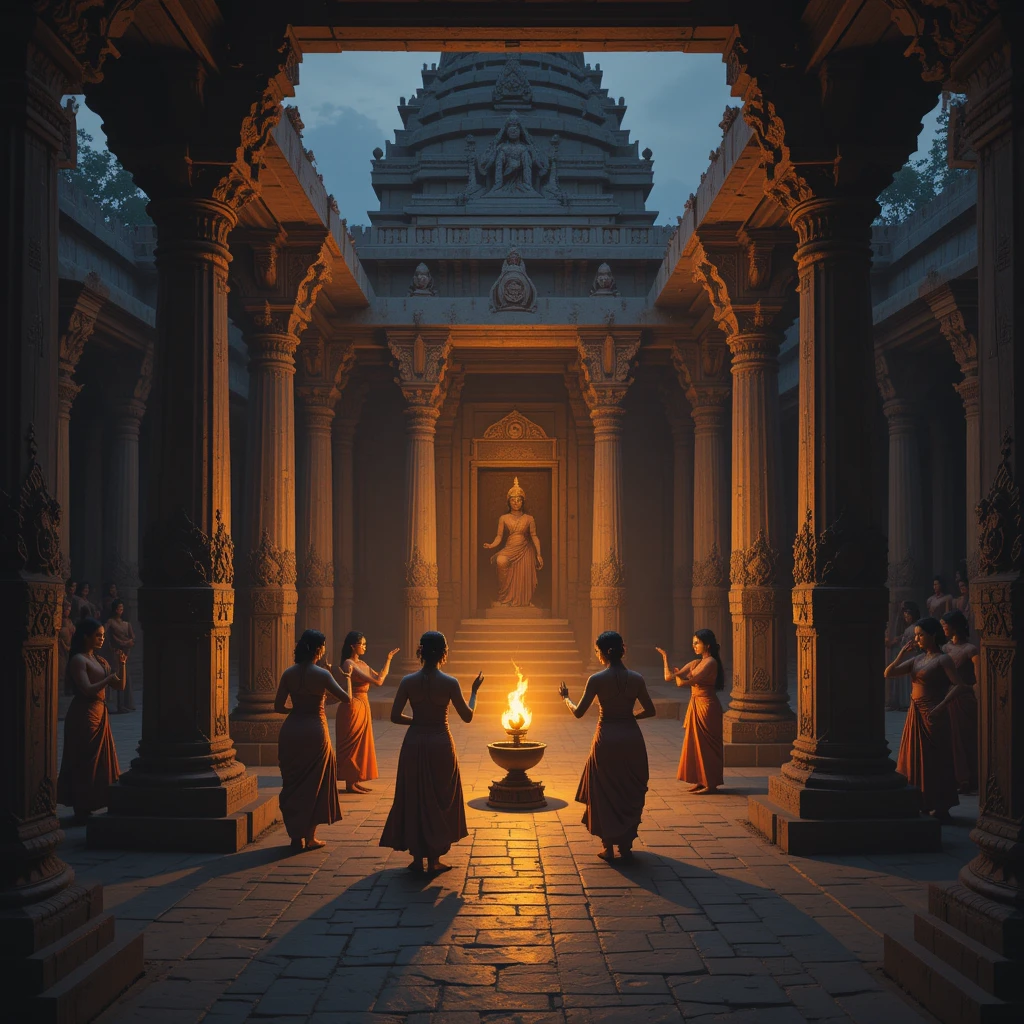
Table of Contents
Origins of the Devadasi System
The Devadasi system has ancient roots, with evidence suggesting its emergence as early as the 3rd century CE, though it became formalized between the 6th and 10th centuries during the height of temple-based cultures in South India. The practice was prominent in regions governed by the Chola, Chera, Pandya, and later Vijayanagara dynasties, spanning modern-day Tamil Nadu, Karnataka, Andhra Pradesh, Maharashtra, and Odisha. Devadasis were women dedicated to temples, where they performed sacred duties, including classical dances like Bharatanatyam, Odissi, and Kuchipudi, and participated in religious rituals.
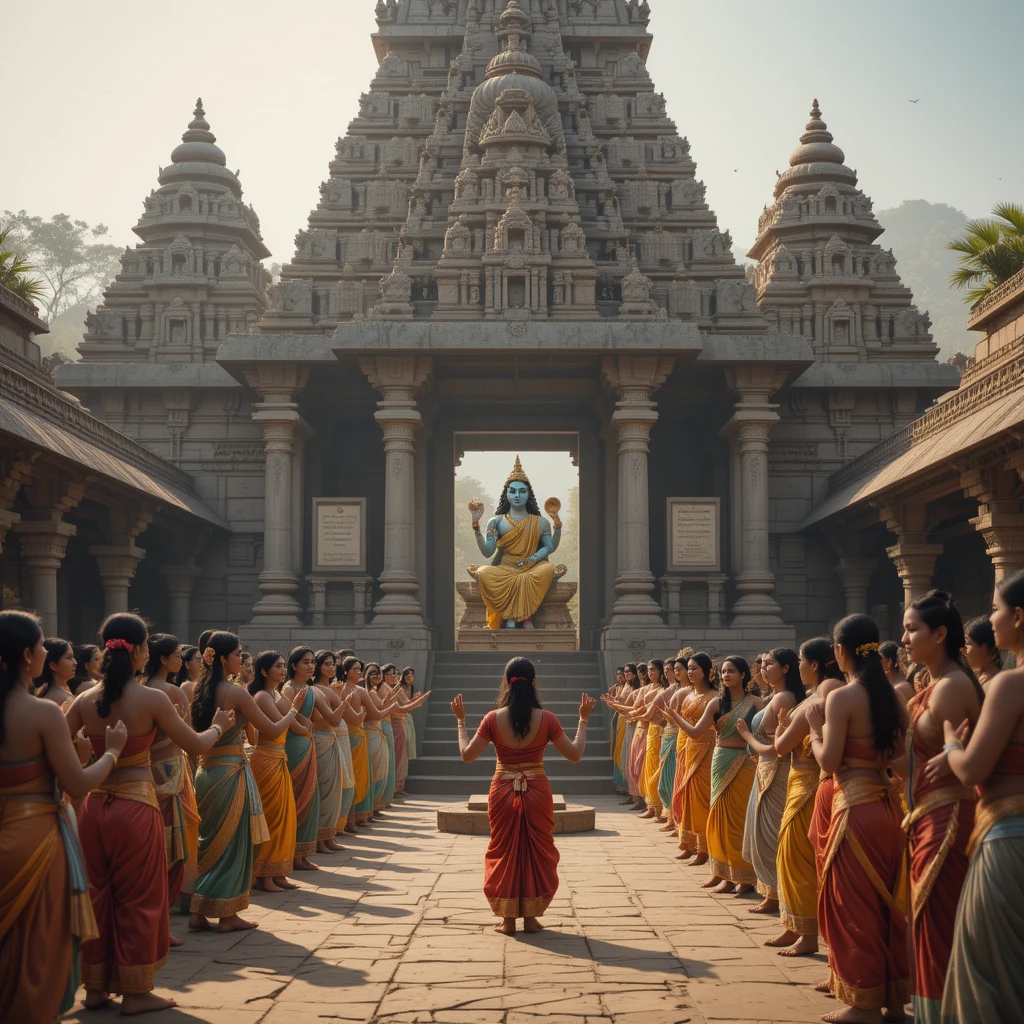
Primary Sources:
- Inscriptions: One of the earliest references to Devadasis appears in an inscription from the Rajarajashwara (Brihadeeswara) temple in Thanjavur, dated 1014 CE, during the reign of Chola king Rajaraja I. The inscription records the appointment of 400 talicceri pendugal (temple women) brought to serve the temple, tasked with dancing and singing for the deity Shiva (Epigraphia Indica, Vol. II, 1894, pp. 66–70). This suggests a formalized system of temple service under royal patronage.
- Texts: The Arthashastra by Kautilya (circa 4th century BCE–3rd century CE) mentions women associated with temples, possibly early precursors to Devadasis, though not explicitly named as such (Shamasastry, R., 1915, Arthashastra of Kautilya). The Natya Shastra (circa 2nd century BCE–2nd century CE), attributed to Bharata Muni, outlines the role of dance and music in temple worship, providing a theoretical basis for the Devadasi’s artistic contributions (Ghosh, M., 1951, Natya Shastra).
- Manuscripts: Tamil palm-leaf manuscripts, such as those preserved in the Saraswati Mahal Library in Thanjavur, describe the training of temple dancers in the Chola period, emphasizing their role in agamic rituals (Srinivasan, A., 1985, Temple Women in South India).
Initially, Devadasis were drawn from various social strata, including high-caste and middle-caste families, and their dedication was seen as an act of piety. They were considered “married” to the deity, granting them the status of nitya sumangali (eternally auspicious), which allowed privileges like property ownership and public roles, uncommon for women in ancient India (Kersenboom, S., 1987, Nityasumangali: Devadasi Tradition in South India). Temples, as centers of cultural and economic activity, relied on Devadasis to attract devotees, with kings providing endowments to support them.
How Devadasis Were “Made”
The process of becoming a Devadasi involved a ceremonial dedication, often resembling a marriage ritual, known as pottukattu or tali-tying in South India. Girls, typically pre-pubescent (aged 5–10), were selected by families or temple authorities and dedicated to deities like Shiva, Vishnu, or regional goddesses like Yellamma. The reasons for dedication varied:
- Religious Devotion: Families believed dedicating a daughter would bring divine blessings, fulfill vows, or ensure prosperity. This was common among devotees of Yellamma in Karnataka (Orchard, T., 2007, Devadasi: A Life in Transition).
- Economic Necessity: Poverty drove many lower-caste families, particularly Dalits, to dedicate daughters to temples for financial support, as Devadasis received land or stipends (Jordan, K., 1993, From Sacred Servant to Profane Prostitute).
- Hereditary Tradition: In some communities, the practice became hereditary, with daughters of Devadasis automatically dedicated (Soneji, D., 2012, Unfinished Gestures: Devadasis, Memory, and Modernity in South India).
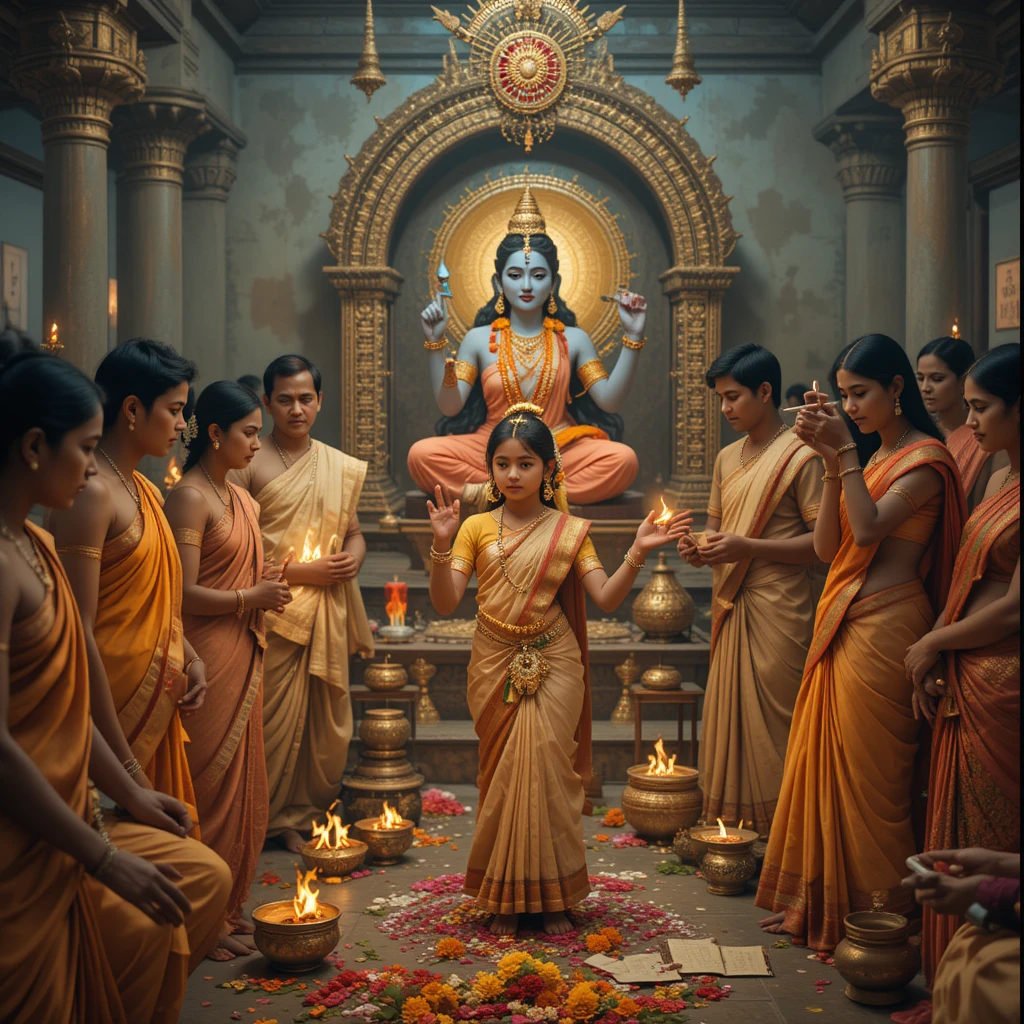
Primary Sources:
- Inscriptions: A 10th-century inscription from the Chidambaram temple in Tamil Nadu details the pottukattuceremony, describing how girls were adorned with jewelry and ritually wedded to Nataraja (Shiva) (South Indian Inscriptions, Vol. III, 1920, pp. 123–125). Another inscription from the 12th century in Tanjore mentions land grants to Devadasis, indicating economic incentives for families (Epigraphia Carnatica, Vol. V, 1902, pp. 45–47).
- Manuscripts: The Agama texts, such as the Kamikagama (circa 6th–8th centuries), used in South Indian temples, prescribe rituals for dedicating temple women, emphasizing their role in puja and dance (Mudaliar, C., 1975, Agama Traditions in South India).
- Books: Kersenboom’s Nityasumangali (1987) describes the training process, noting that girls underwent rigorous instruction in classical dance and music under senior Devadasis or temple gurus, often starting at age 5.
Post-dedication, girls lived within or near temples, performing artistic and ritualistic duties. However, by the medieval period (10th–13th centuries), as temple economies weakened due to invasions, Devadasis became dependent on patrons, leading to their exploitation. The ritual of Uditambuvadu (deflowering), often performed by priests, marked the transition to sexual servitude in some regions (Srinivasan, A., 1985).
Did Kings Import Girls from Other Regions to Make Them Devadasis?
The question of whether kings “imported” girls from other regions requires examining their role as temple patrons. While the term “import” is modern, historical evidence suggests kings facilitated the movement of girls across regions to serve in major temples.
Primary Sources:
- Inscriptions: The 1014 CE Rajarajashwara temple inscription mentions 400 dancers brought from various parts of the Chola empire to serve the temple (Epigraphia Indica, Vol. II, 1894, pp. 66–70). This indicates recruitment across regions like modern Tamil Nadu, Karnataka, and Andhra Pradesh, though not necessarily from entirely different kingdoms. A 12th-century inscription from the Kalyana Chalukya dynasty in Karnataka records dancers brought from nearby villages to the Someshwara temple (Epigraphia Carnatica, Vol. VII, 1902, pp. 89–92).
- Texts: The Rajatarangini by Kalhana (12th century), a historical chronicle of Kashmir, mentions temple dancers supported by kings, suggesting regional recruitment for temple service (Stein, M.A., 1900, Rajatarangini).
- Books: Leslie Orr’s Donors, Devotees, and Daughters of God (2000) notes that Chola kings organized the recruitment of Devadasis from surrounding areas, with families often compensated with land or status.
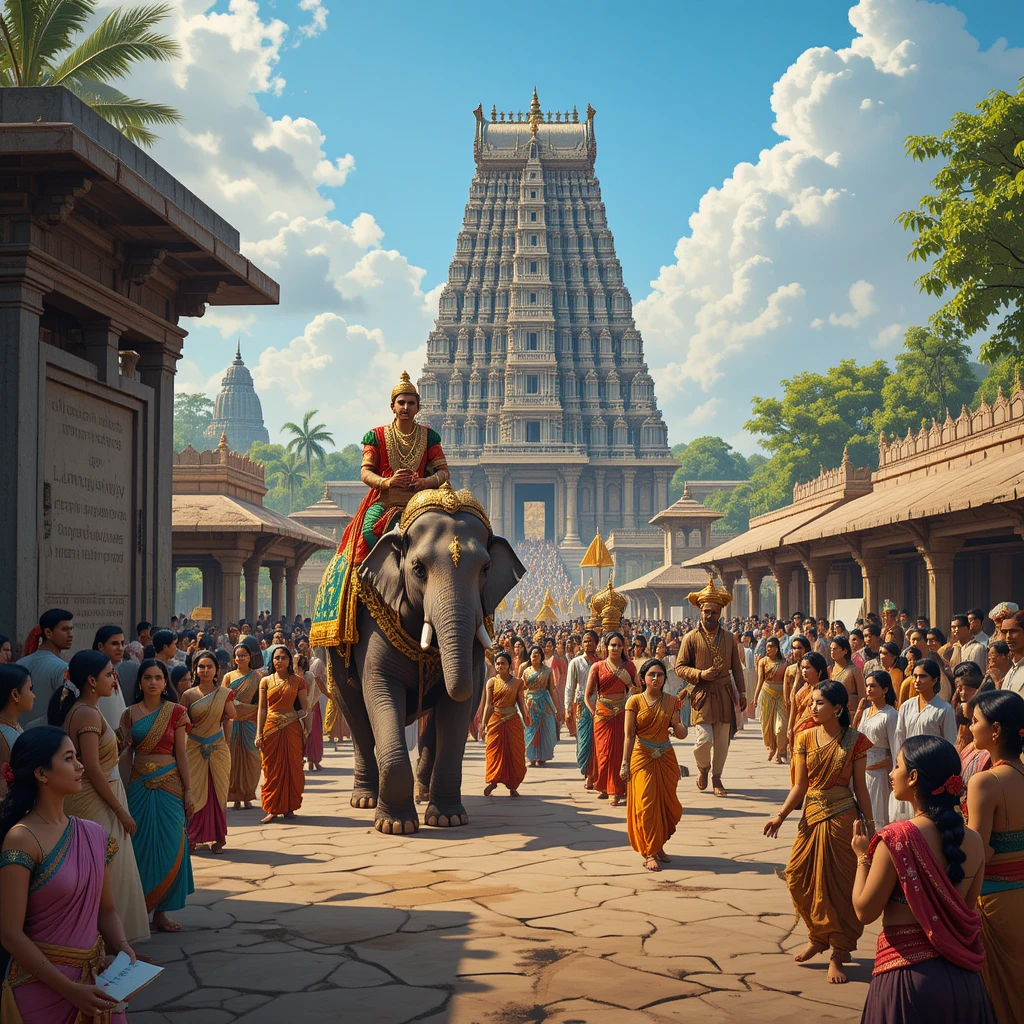
Kings, as primary patrons, endowed temples with resources to support Devadasis, enabling the recruitment of girls from diverse areas within their domains. For example, during the Vijayanagara Empire (14th–16th centuries), temples in Hampi employed Devadasis drawn from local and regional communities (Verghese, A., 1995, Religious Traditions at Vijayanagara). While there is no explicit evidence of kings forcibly importing girls from distant kingdoms, the scale of temple operations suggests organized efforts to bring girls from various parts of their territories, likely through family agreements or temple networks.
Secondary Sources: Soneji (2012) argues that recruitment was often localized, with families offering daughters due to economic or religious pressures, but royal patronage facilitated larger-scale temple service, implying movement across regions. The absence of references to cross-kingdom recruitment may reflect the decentralized nature of the system, where temples relied on local and regional networks rather than royal mandates.
Sexual Exploitation by Kings and Priests (Purohits)
The sexual exploitation of Devadasis by kings and priests is a dark aspect of the system’s evolution. As temple economies declined, Devadasis’ sacred roles shifted toward sexual servitude, justified as religious duty.
Priests (Purohits):
- Inscriptions: A 13th-century inscription from the Hoysala dynasty in Karnataka mentions temple women providing services to priests, hinting at sexual roles (Epigraphia Carnatica, Vol. V, 1902, pp. 78–80). While not explicit, such references suggest priests’ authority over Devadasis extended beyond ritual duties.
- Manuscripts: The Saiva Agama texts, used in Shaivite temples, imply that priests oversaw Devadasi rituals, including initiations that later included sexual components (Mudaliar, C., 1975).
- Books: Amrit Srinivasan’s Reform and Revival (1985) details the Uditambuvadu ritual, where priests deflowered Devadasis, claiming it as a divine privilege. This practice was prevalent in temples dedicated to Yellamma in Karnataka.
Kings and Nobility:
- Inscriptions: A 16th-century Vijayanagara inscription from Hampi mentions Devadasis attached to the royal court, suggesting their role extended to serving kings and nobles (Verghese, A., 1995).
- Texts: The Amuktamalyada, attributed to Vijayanagara king Krishnadevaraya (16th century), describes temple dancers as part of courtly life, implying their availability to royalty (Rao, V.N., 1990, Amuktamalyada).
- Books: Kay Jordan’s From Sacred Servant to Profane Prostitute (1993) notes that kings and zamindars maintained Devadasis as mistresses, with their children often dedicated back to temples, perpetuating the cycle.
The Marathi proverb “Devadasi devachi bayako, saryagavachi” (Servant of God, but the wife of the whole town) reflects the widespread exploitation by priests, kings, and elites (Soneji, D., 2012). The decline of temple economies during Islamic invasions (12th–16th centuries) and British rule (18th–20th centuries) exacerbated this, as Devadasis relied on patrons for survival.
Specific Kings Implicated in Exploitation
Identifying specific kings is challenging due to the systemic nature of the practice and the lack of explicit records naming individuals. However, historical sources provide context for royal involvement:
- Chola Dynasty (7th–13th centuries): Rajaraja I (985–1014 CE) and Rajendra I (1012–1044 CE) were major patrons of temples employing Devadasis, as evidenced by the Thanjavur inscription (Epigraphia Indica, Vol. II, 1894). While no direct evidence confirms their personal exploitation, their patronage enabled the system’s growth, which later included sexual servitude.
- Vijayanagara Empire (14th–16th centuries): Krishnadevaraya (1509–1529 CE) supported temples with large Devadasi retinues, as noted in traveler accounts by Domingo Paes (1520 CE), who described dancers in royal courts (Sewell, R., 1900, A Forgotten Empire). This suggests Devadasis served kings beyond ritual roles, though specific accusations are absent.
- Local Rulers: Local kings and zamindars were more directly implicated. For example, 19th-century accounts from Tanjore zamindars describe Devadasis as mistresses, supported by land grants (Orr, L., 2000).
Secondary Sources: Soneji (2012) argues that exploitation was systemic, with responsibility distributed across elites rather than tied to specific kings. The lack of named perpetrators reflects the normalization of the practice in historical records, which focused on Devadasis’ religious roles.
Socio-Cultural and Caste Dynamics
The Devadasi system intersected with caste and gender, drawing increasingly from lower castes by the medieval period:
- Inscriptions: A 12th-century inscription from Andhra Pradesh notes Devadasis from non-Brahmin castes, indicating a shift toward marginalized communities (South Indian Inscriptions, Vol. X, 1948, pp. 56–58).
- Books: Jordan (1993) highlights how poverty and caste oppression drove Dalit families to dedicate daughters, perpetuating a cycle of exploitation.
- Manuscripts: The Devadasi Pratha manuscripts in regional archives describe hereditary dedication among certain castes (Saraswati Mahal Library, Thanjavur).
The system reinforced patriarchal norms, with Devadasis’ “marriage” to deities stripping them of agency and subjecting them to male authority (Kersenboom, S., 1987).
Decline of the Devadasi System
The system declined during British rule due to disrupted temple economies and colonial reforms:
- Texts: British records, such as the Madras Presidency Reports (1870s), stigmatized Devadasis as prostitutes, pushing them into sex work (Thurston, E., 1909, Castes and Tribes of Southern India).
- Books: Soneji (2012) details reform efforts by Muthulakshmi Reddy, leading to the Madras Devadasi Act of 1947.
- Legislation: The Devadasi (Prohibition of Dedication) Act of 1988 banned the practice nationwide.
Despite bans, the system persists, with 48,000–450,000 Devadasis in India as of 2011–2015, primarily Dalits (Orchard, T., 2007).
Modern Efforts and Challenges
NGOs like Sakhi and government schemes provide support, but challenges include caste dominance, poverty, and weak enforcement (Soneji, D., 2012). The system’s persistence underscores the need for intersectional solutions.
Critical Analysis
The Devadasi system, as evidenced by inscriptions, texts, and manuscripts, began as a sacred tradition but was corrupted by power dynamics. Kings and priests, as patrons, enabled exploitation, with no single figure solely responsible. The system’s legacy highlights the need for addressing caste, gender, and economic inequalities.
References:
- Epigraphia Indica, Vol. II (1894).
- South Indian Inscriptions, Vol. III (1920).
- Epigraphia Carnatica, Vol. V & VII (1902).
- Shamasastry, R. (1915). Arthashastra of Kautilya.
- Ghosh, M. (1951). Natya Shastra.
- Kersenboom, S. (1987). Nityasumangali: Devadasi Tradition in South India.
- Srinivasan, A. (1985). Reform and Revival.
- Soneji, D. (2012). Unfinished Gestures: Devadasis, Memory, and Modernity in South India.
- Orchard, T. (2007). Devadasi: A Life in Transition.
- Jordan, K. (1993). From Sacred Servant to Profane Prostitute.
- Orr, L. (2000). Donors, Devotees, and Daughters of God.
- Verghese, A. (1995). Religious Traditions at Vijayanagara.
- Sewell, R. (1900). A Forgotten Empire.
- Rao, V.N. (1990). Amuktamalyada.Religious Traditions at Vijayanagara
- Thurston, E. (1909). Castes and Tribes of Southern India.
- Mudaliar, C. (1975). Agama Traditions in South India.
- Stein, M.A. (1900). Rajatarangini.

